Introduction
I started PowerSpeaking, Inc. in 1985 to teach people how to make winning, career-building business presentations with confidence. Because the demand for these skills is huge, our company has been very successful. Our trainings provide excellent tools for people who present to their own departments, to subordinates, and to peers. By the early 2000s, however, I started hearing horror stories from mid-level managers about the terror they felt when presenting to senior-level management. Top-level meetings clearly require a different approach. One of our clients learned this lesson the hard way when he had a complete meltdown at a C-level meeting.
No Stories! Fire Gilbert!
Matt was a PowerSpeaking® graduate and a vice president of IT at a $3 billion Silicon Valley company. Preparing for a presentation to the founders and top officers of his company, he came to me for one-on-one presentation coaching. I drilled him on the importance of using stories to connect with his audience and to create long term retention of his core message. The research is crystal clear that stories are more powerful than data in this regard.1
In his own departmental meetings, Matt had used storytelling successfully. A major problem occurred, though, when, following my advice, he tried the same approach in his quarterly presentation to the executive staff. A few minutes into Matt’s story to illustrate one of his key points, the COO bellowed, “Where the hell are you going with this? Get to the point!”
Matt’s response reverted to childhood and made matters worse. Looking plaintively at the COO, he stammered, “Well, Rick Gilbert, the presentation coach you sent me to, told me to use stories.” Matt seemed to be looking for approval from a stern father. But instead of approval, the COO yelled, “Well, fire Gilbert and get on with it.” It was a bad day for Matt and a bad day for me.
As the speech coach who had just been fired, I called the COO to find out what had gone wrong. I told him about the research showing that stories move people more than data, and that stories aid in retention. I will never forget his blunt response, “We don’t have time for stories, and I don’t care about retention. We have to get the next agenda item on the table, make a decision, then move on.”
Suddenly a light bulb went on above my head. It was instantly clear that what works in most presentation situations can cost you your job in higher-level meetings. That conversation with the COO literally changed our business from that day to this.
Different Rules at the Top
Since that eye-opening exchange with Matt’s COO, we have been studying the dynamics of senior-level meetings. Like cultural anthropologists, we set out to explore the unique set of rules in this strange land referred to as “the C-suite.” We asked questions, such as: How can major projects and successful careers fall apart in a matter of moments at a senior meeting? Conversely, how does one become a corporate hero in the C-level meeting room?
To find the answers, we conducted in-depth, video-based interviews with 22 C-level executives. They shared priceless insights about how to survive and even thrive in the often brutal life at the top levels of corporate America. What they revealed, although not exactly secret, is generally unknown in the lower ranks. This explains why so many mid-level managers fail when presenting to C-level executives.
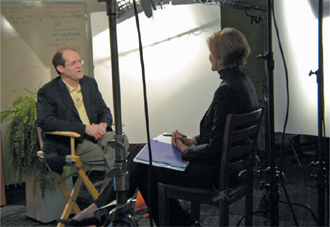
OneID CEO Steve Kirsch being interviewed
In short, the insights these high-ranking executives shared will help you avoid presentation pitfalls and boost your professional standing in the process. Now let’s meet our senior executives.
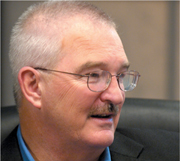
Greg Ballard
SVP, Warner Brothers
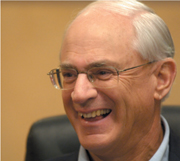
Ned Barnholt
Chairman, KLA-Tencor

Steve Blank
Founder, Former CEO, Epiphany
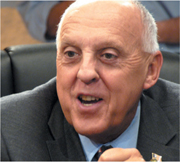
Robert Drolet
Brig. General (Retired), Former Defense Industry Executive

Dan Eilers
General Partner, Vanguard Ventures, Former CEO, Claris Corporation

Doris Engibous
Board Member, Natus Corporation, Former CEO, Hemosphere, Inc.

Anna Eshoo
Member, U.S. Congress California’s 14th District
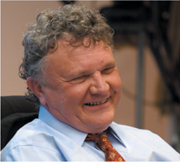
Harold Fethe
VP, Anacor Pharmaceuticals
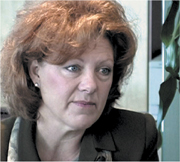
Ginger Graham
Board Member, Walgreens, Former CEO, Amylin Pharmaceuticals
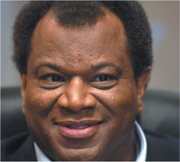
Vern Kelley
SVP, Intersil Corporation
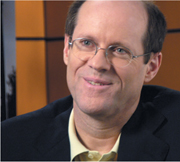
Steve Kirsch
CEO, OneID

John Kispert
CEO, Spansion, Inc.

Mark Leslie
Founder, Former CEO, Veritas Software
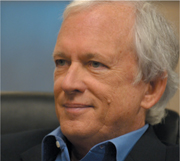
Mike Lyons
Venture Partner, Paladin Group, Associate Professor, Stanford University

Audrey MacLean
Co-Founder, NET, Former CEO, Adaptive, Associate Professor, Stanford University
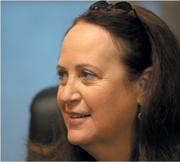
Felicia Marcus
Western Director, Natural Resources Defense Council, Former Regional Administrator, EPA
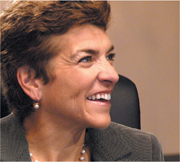
Corinne Nevinny
General Partner, LMNVC
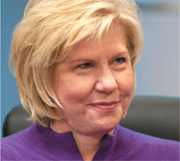
Brenda Rhodes
Chairman and CEO, InTouch Communications
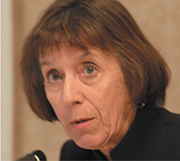
Jane Shaw
Chairman, Intel

Rick Wallace
CEO, KLA-Tencor

Dan Warmenhoven
Executive Chairman, NetApp
Knowing what the expectations are at the top can mean the difference between a successful career and a new job search. Unfortunately, these lessons aren’t taught in business schools, but are often learned via real life fiascos. Throughout this book, you will hear directly from these C-level executives. They will tell you the best ways to present to them. Their advice can literally save your career, get your project funded, or even help your company pull ahead of the competition. In the following pages, you will get all the information you need to survive the rough and tumble of a senior-level meeting.
Speaking Up®: Surviving Executive Presentations is divided into four parts. Each part explores a different element of engaging with top-level decision makers. Whether you work in a corporate setting or a nonprofit environment, the communication issues you face are the same.
In Part I, we look in depth at who the C-levels really are. In Part II, we review the major problems—the “Seven Deadly Challenges”—that can derail your well-prepared presentations. You will follow the plights of six mid-level executives as they learn some hard lessons on the playing fields of “Mahogany Row.” In Part III, we provide a presentation plan that will keep your executives paying attention to you instead of their smartphones. In Part IV, the executives let you into their world on a personal level. The greater your understanding of who they really are, the quicker you will be able to create a collaborative relationship with them when you step up to the table and say, “Good morning.” Finally, on pages 189–192 there is a glossary of terms used throughout this book.

